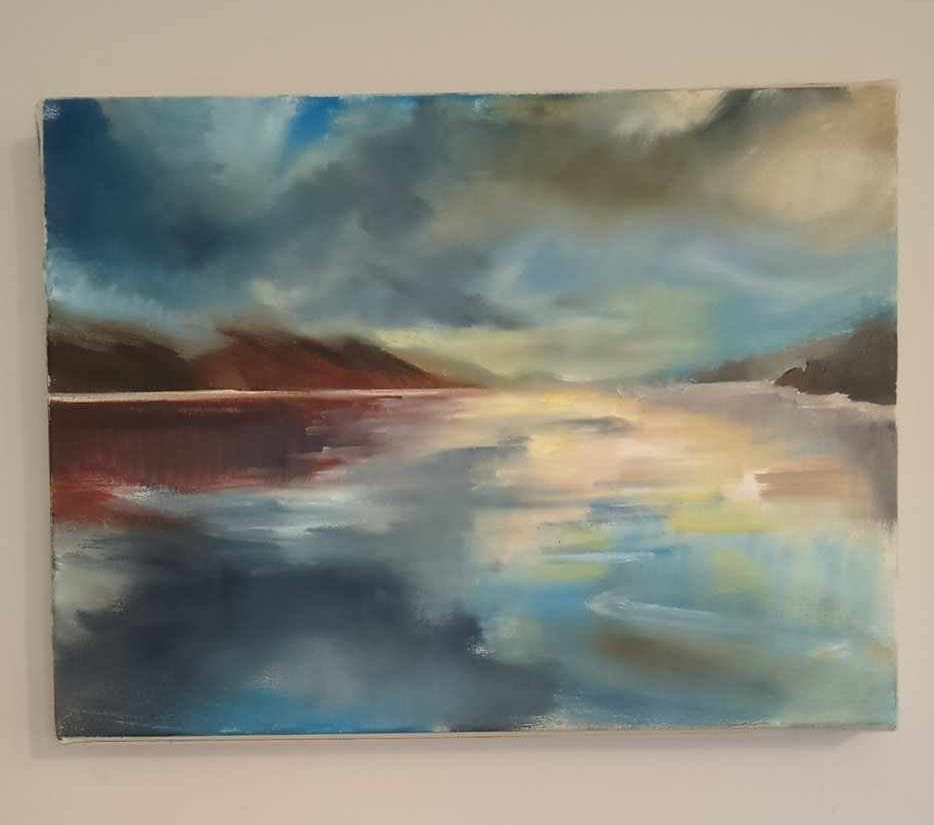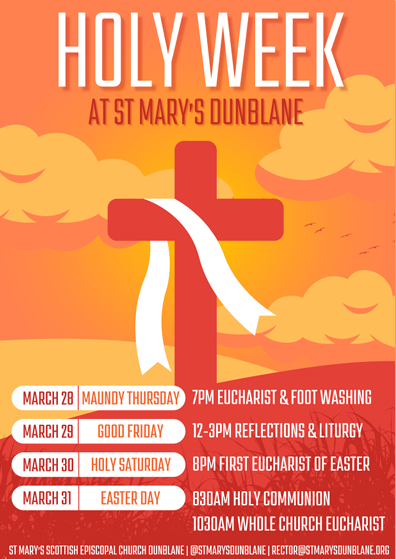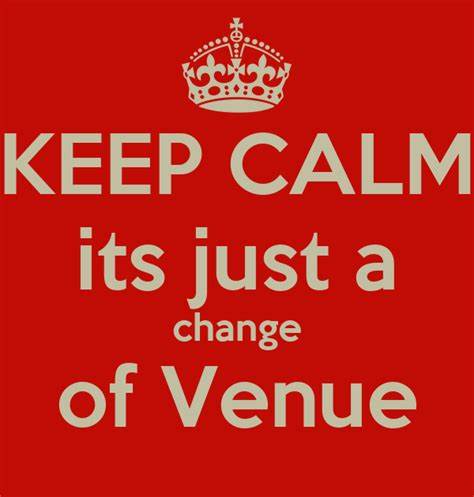Rachael writes: Almost forty years ago now there was a disaster at sea. The doors of a ferryboat failed to close as it left the dock and water poured into its car decks. It listed to the side and panic began to set in amongst the passengers. The jovial atmosphere of a boat full of holidaymakers quickly turned into something more like a scene from a nightmare.
But in the midst of the chaos a man – an ordinary passenger on board – stepped up to take charge. With an authoritative tone he took command and gave instructions. People paid attention to him and, despite their underlying fear, were calmed enough to make their way to lifeboats that they otherwise would have missed in the crushing darkness.
The man himself made his way to the lower decks and to those trapped in the hold. The boat was now capsized, lying half submerged on a sandbank. People were trapped but the man created a human bridge with his body, creating a way across a damaged walkway by holding on to a ladder with one hand and another part of the ship with the other. Twenty people who would otherwise have drowned climbed across him to get to safety.
When the nightmare was over, the man was given a special honour for his bravery and selflessness.
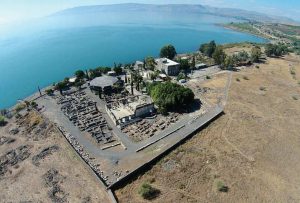
Our story from Mark (1.21-28) takes place on a different coast, that of the Sea of Galilee (which is actually a lake), in the little village of Capernaum – population of maybe 1500 people in the first century. In the synagogue there, whose ruins you can still visit today, a man who nobody really knows and who certainly isn’t one of their usual preachers, begins to tell people what God’s will is, apparently all in his own authority. He didn’t caveat it with things like “as Moses said” or “as such-and-such said”, he just laid it out as he saw it with a quiet but compelling authority.
And in that same authority he speaks words of healing over those in need. Tom Wright describes those who came to Jesus as “people for whom life had become a total nightmare – whose personalities seemed taken over by alien powers”. The original audience of the gospel would never have questioned whether demons exist or whether healing was possible – the manipulation of the physical and spirit world isn’t the point that Mark is trying to make, nor is it Jesus’ aim either, because what his miracles symbolise is so much more important. Jesus has come to stop the nightmare: to rescue people (both nations and individuals) from the destructive forces that enslave them. And he’s going to do it by relationship and trust, not power grabbing or domination. He’s come to forgive sins and set people free from guilt, fear, and shame. God is changing everything, and changing forever the conditions in which human beings live. So whether its shrieking demons who accost him in the synagogue, a woman with a fever, or any other kind of disease that they bring to him, Jesus deals with them all with compassion and the same gentle but deeply effective authority.
It’s all part of how Mark shows us who Jesus is, especially in this very early depiction of his authority to set people free. It’s all part of Mark’s introduction to Jesus’ purpose and agenda. First, he shows Jesus to be the fulfilment of Isaiah’s prophecy, then John the Baptist announces the coming of one who is stronger than him who will baptise with the Spirit, and straight away, in his baptism, Jesus is proclaimed as the Son of God. He’s then tempted by Satan before gathering together fishermen who immediately leave everything to follow him who knows where, because he just has that much authority! And then, as if we needed any more convincing, in the synagogue, at the heart of the provincial Jewish social order, in the very seat of the Establishment’s power, Jesus breaks down the boundaries and enters into a struggle against the forces of evil and destruction which, like the cruel sea pouring in on top of helpless passengers, seem to be engulfing all before them.
Mark is pointing, right here at the beginning with fifteen chapters to go, to the dramatic conclusion of Jesus’ ministry upon the cross. For it is on the cross, and not in power or miracles or scholarly debates, that Jesus calls out things for the way they really are and begins changing everything.
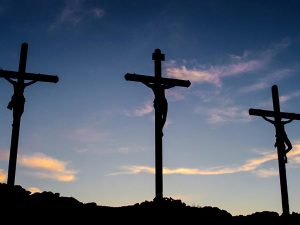
There, Jesus becomes the human bridge across which people climb to safety – with outstretched arms carrying people from death to life, from captivity to freedom. The man on the boat walked away with a medal but for Jesus the price of this saving authority, of this freedom for humanity, is his own life. The demons took their final shot at his authority as he hung on the cross but there he completed the healing, releasing work he began that day in the synagogue at Capernaum. There, as the sun grew dark and the temple curtain was torn in two, the centurion proclaimed “the Son of God!”.
We – created in the image of God, carried from death to life by Christ, and filled with the power of the Spirit – can be reluctant to walk in that same authority, despite the similar demons and nightmares that we find ourselves facing. The demons of illness, the nightmares of poverty, the horrors of hatred and war. The torments of greed and racism. They are similar, but not the same. Because, while they can still shriek, since Christ opened his arms to us all on the cross and burst forth from the tomb with arms still outstretched towards us, the demons no longer have authority in this world. We have been set free from their power and influence.
And that is what we share with our world: a steadfast resistance to the panic, fear and despair, saying “You have no authority here”.


